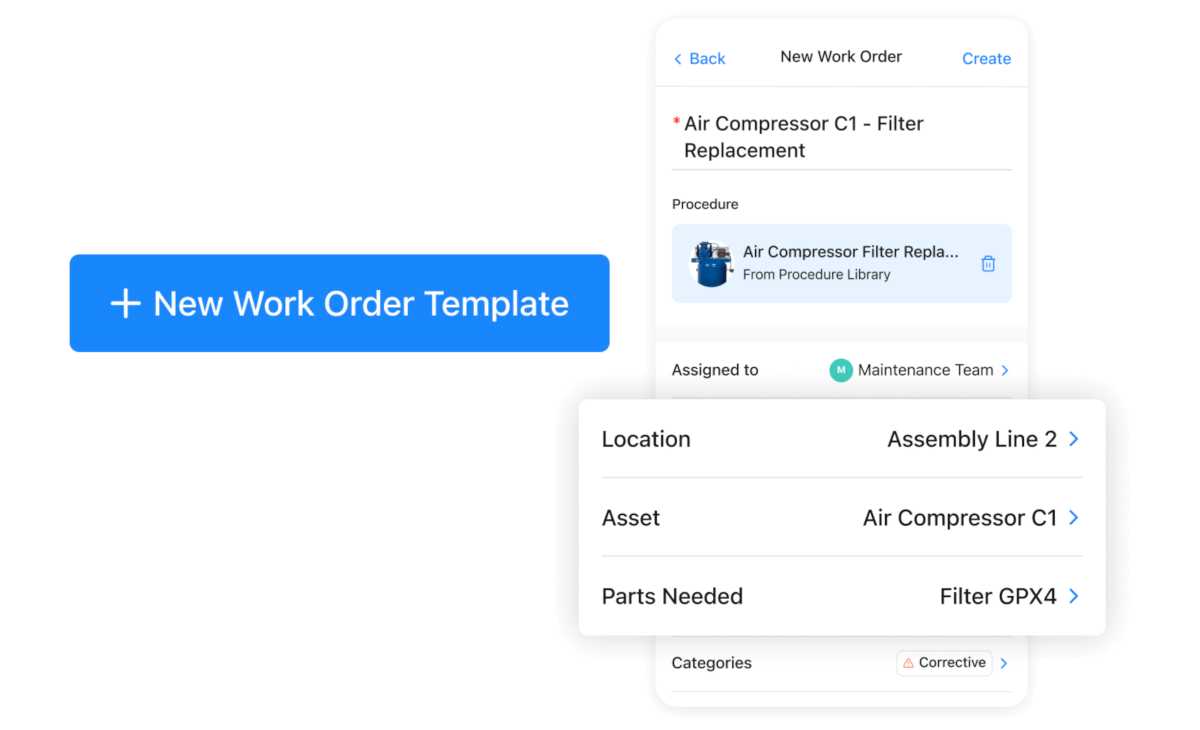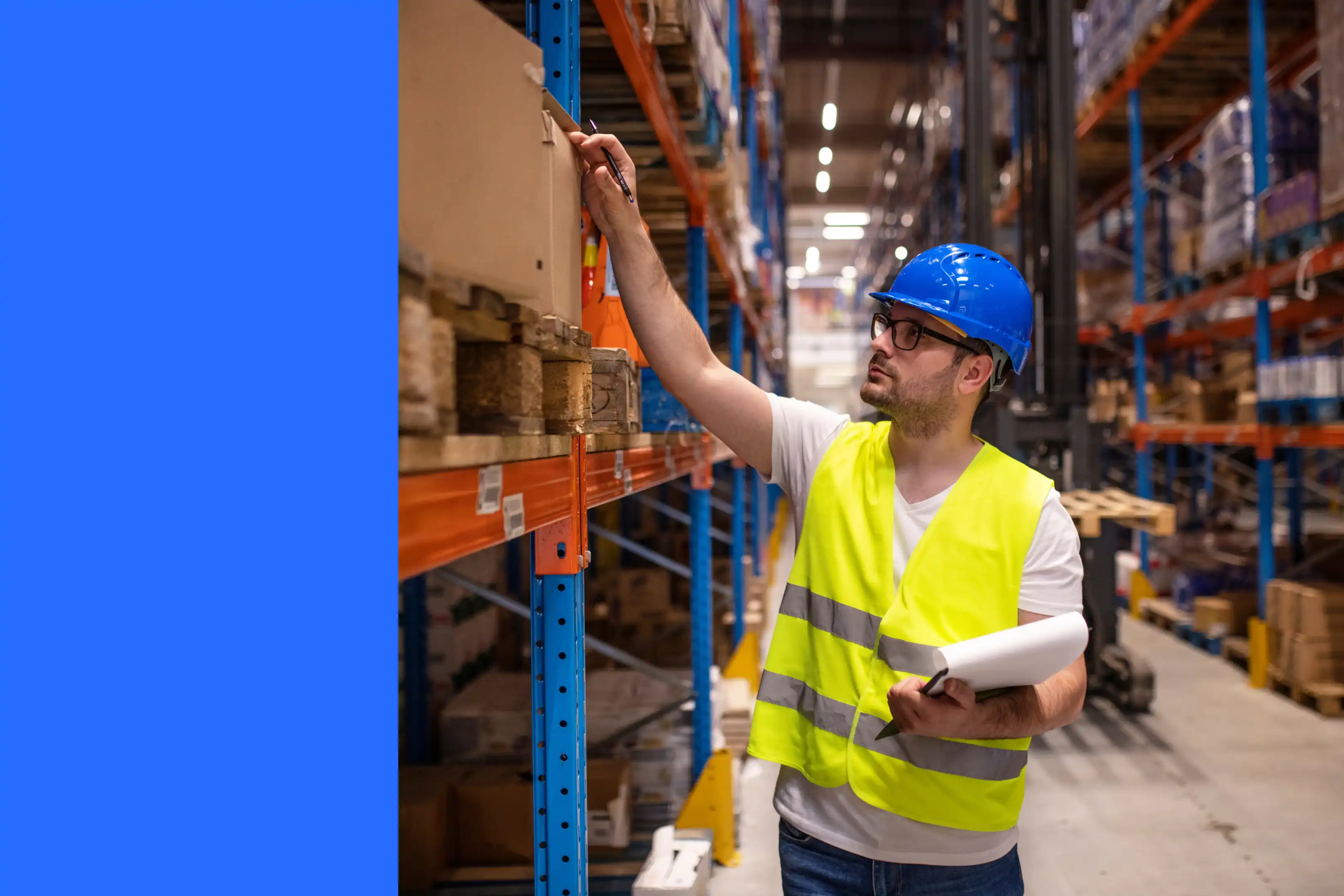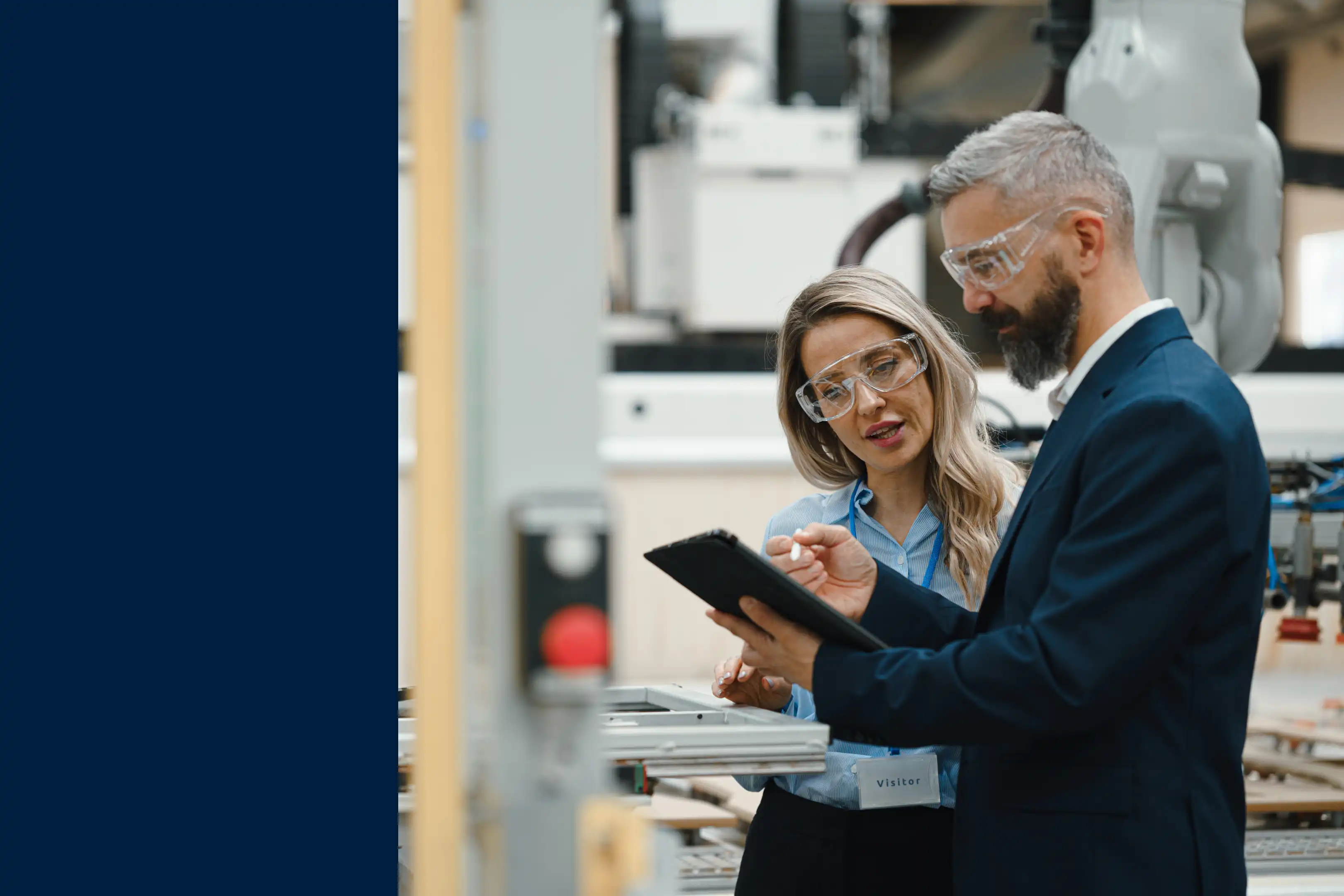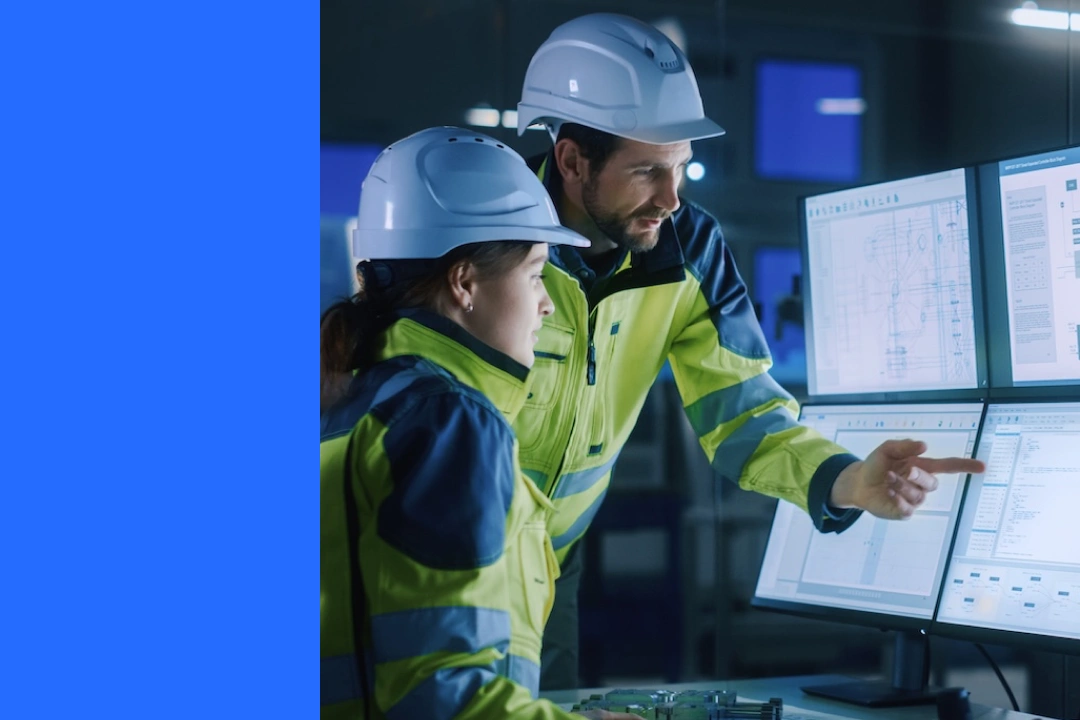
Restaurant kitchens are exciting places.
The scent of savory dishes, the sounds of chefs barking orders, and the sight of quick-moving hands make for a lively experience. The back of the house is the heart of every restaurant.
It should come as no surprise that maintaining the restaurant’s kitchen equipment is essential to running a smooth operation. An unforeseen equipment failure can shut down an entire restaurant on a busy, Friday night. Even worse, an unexpected fire could close an establishment for several days or weeks.
The solution to preventing unexpected shutdowns and subsequent costly emergency repairs is to organize a restaurant preventive maintenance (PM) program. A strategic restaurant PM system will prioritize routine maintenance tasks, provide clear guidelines for completion, track equipment history, and hold workers accountable.
“Maintaining kitchen equipment can be compared to changing the oil in your car,” says Robert Canfield, director of business development at R.W. Smith Design/Build. “Regular [scheduled] maintenance, such as cleaning, descaling of water use equipment and calibration of cooking equipment, can drastically increase the useful life of the equipment.”
In this article, we’ll share our best restaurant preventive maintenance tips for running a safe and cost-efficient organization. After reading, you will be poised to develop an effective preventive maintenance program right away.
Four Key Preventive Maintenance Tips for Restaurants

1. Organize restaurant preventive maintenance checklists
The scope of a restaurant’s preventive maintenance needs will vary depending on establishment size and style of cooking. However, all restaurants can break down preventive maintenance into two general categories:
- Tasks that must be completed every day.
- Tasks that can be performed less frequently.
Restaurant management should create preventive maintenance checklists for both instances. Most restaurants benefit from maintaining a general daily cleaning checklist, in addition to monthly, bi-annual, and annual checklists. Here are some important questions to inform your checklists:
What should get cleaned and when?
Consult your equipment owner’s manuals to determine the recommended cleaning and maintenance cycles. Generally speaking, most complex preventive maintenance can be done every 2 to 3 months, depending on usage (e.g. Hood filter changes, gasket checks, condenser coil cleaning). Alternatively, simple tasks like burner, griddle, and cooktop cleaning should be performed daily.
How should you organize your restaurant cleaning checklists?
Management should create restaurant equipment cleaning checklists for both individual pieces of equipment and timeline milestones that include several machines. Most restaurants can benefit from using a Computerized Maintenance Management System (CMMS) to organize checklists and maintenance history.
While CMMS has long seemed too complex for restaurant needs, newer SaaS providers are releasing more user-friendly and affordable options. MaintainX provides a freemium maintenance management app that allows managers to create, assign, and monitor digital checklists; communicate with restaurant employees via chat; and maintain digital audit trails of equipment maintenance. The app is currently used by several McDonald’s franchises with great success.
Should you hire outside technicians for preventive maintenance?
After consulting your equipment manuals, you will learn that some items require routine scheduled maintenance by outsourced technicians. Don’t treat recommended technician visits as “nice to have, but unnecessary.”
Trained technicians can take machinery apart to clean, replace, and repair small, yet critical, pieces that can lead to equipment failures and fire hazards down the road. These visits will pay for themselves in the form of equipment longevity and reduced likelihood of costly lawsuits.
2. Prioritize high-risk kitchen machinery

Obviously, every part of your kitchen deserves routine care. However, you might want to pay special attention to your most high-risk restaurant equipment. As mentioned by Society Insurance, insurance companies routinely receive loss reports for a few high-risk appliances. Here are some machines worth prioritizing:
- Vent Hoods/Ducts: A certified hood cleaning service should remove built-up grease underneath vent hoods and ducts at least once every six months. This deep clean may need to be done more frequently depending on the amount of grease vapors your vent hood receives. Instruct staff to wipe down visible grease stains in between service dates.
- Grease Filters: Grease filters sit within hoods as a safety guard; the devices prevent grease-laden vapors from flowing directly into ducts. Most commercial kitchens should clean their grease filters at least once a week; those cooking with a lot of grease should do it every night. This cleaning task is especially important because it reduces the risk of fires.
- Automatic Extinguishing System (AES): Also known as the ANNSUL, your AES should be serviced by a qualified contractor once every six months. Industry testing recommends bi-annual servicing to ensure all components are ready to protect against unexpected fires.
- Deep Fat Fryers: These units require several different preventive maintenance tasks because they are high-risk pieces of equipment. Fryer cabinet interior cleaning should be part of a daily cleaning checklist. Gas leak inspection should be part of a monthly checklist. And interior component inspections should be conducted by a qualified contractor at least once a year after hitting the 5-year mark.
Finally, don’t forget about routine floor maintenance. Most managers don’t consider kitchen floors as equipment. However, the surfaces experience more “use” than any other kitchen component. Poor floor care can contribute to dangerous “slips and falls,” hurting employees and leaving you short-staffed.
Cleaning checklists should include instructions on how to most effectively clean floors with commercial kitchen cleaners. Staff should vigorously scrub floors with deck brushes as part of the restaurant’s daily cleaning checklist. Rubber mats and non-slip kitchen shoes should also be used to improve traction.
Consult the National Floor Safety Institute (NFSI) for a list of tested and certified floor cleaning products.
3. Track data for cost savings opportunities
Once you have consulted your equipment manuals and digitized your maintenance checklists, you can begin monitoring equipment maintenance for cost-saving opportunities. This is yet another reason to invest in a user-friendly CMMS solution. The best maintenance apps digitally catalog work orders by assigned worker, asset type, priority status, and several other categories.
The software then cross-references data points in order to generate user-friendly reports that reveal helpful information.

MaintainX also includes the ability to track downtime, Mean-Time-to-Repair, inspection failures, and other useful metrics to inform operational decision-making.
4. Enhance team communication
Finally, the best way to keep kitchens running smoothly is via clear communication between management, staff, technicians, and vendors.
The best way to help team members troubleshoot equipment and PM checklist questions without delay is via chat. Unlike standard text messaging, maintenance messaging apps allow users to upload training manuals, photograph equipment, and chat within work order documents. The apps organize conversation threads in a way standard messaging simply cannot.
MaintainX is the only maintenance software provider on the market that includes real-time chat within its work order platform. If you don’t use our software, consider trying business messaging apps like Slack, Lua, and HipChat.
Simplify Restaurant Preventive Maintenance

Running a smooth kitchen requires the organization of many moving parts. Restaurant management must organize easy-to-follow preventive maintenance programs, track equipment maintenance, stick to equipment service recommendations, and maintain clear communication with staff.
Are you searching for a CMMS solution that isn’t complicated, expensive, and time-consuming? If so, we invite you to download our app and begin integrating the tips outlined in this article. Find out why companies like Hilton, Marriott, and McDonald's are streamlining operations with MaintainX.






.webp)